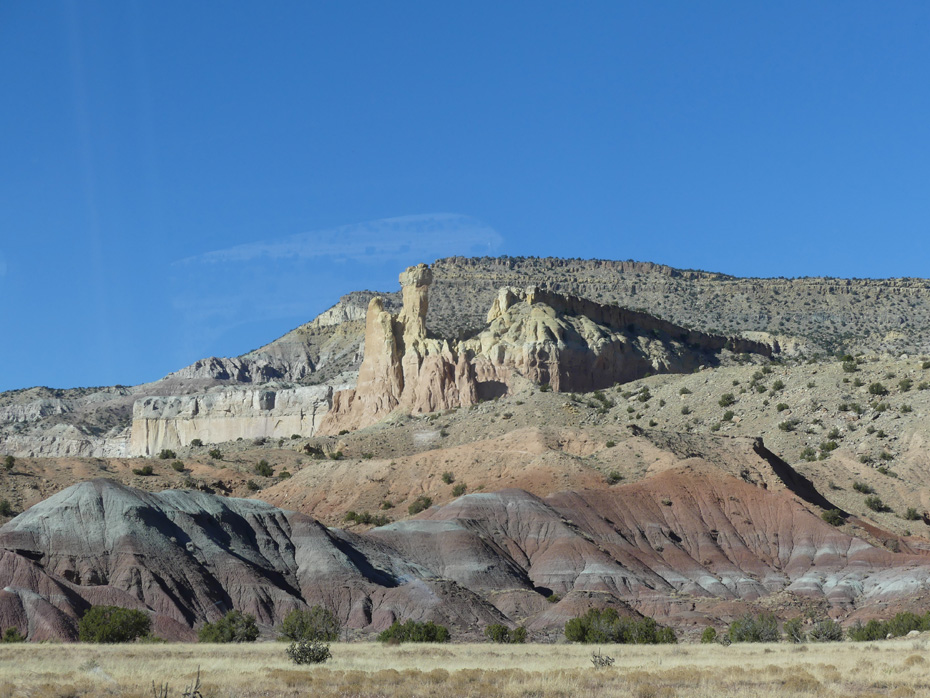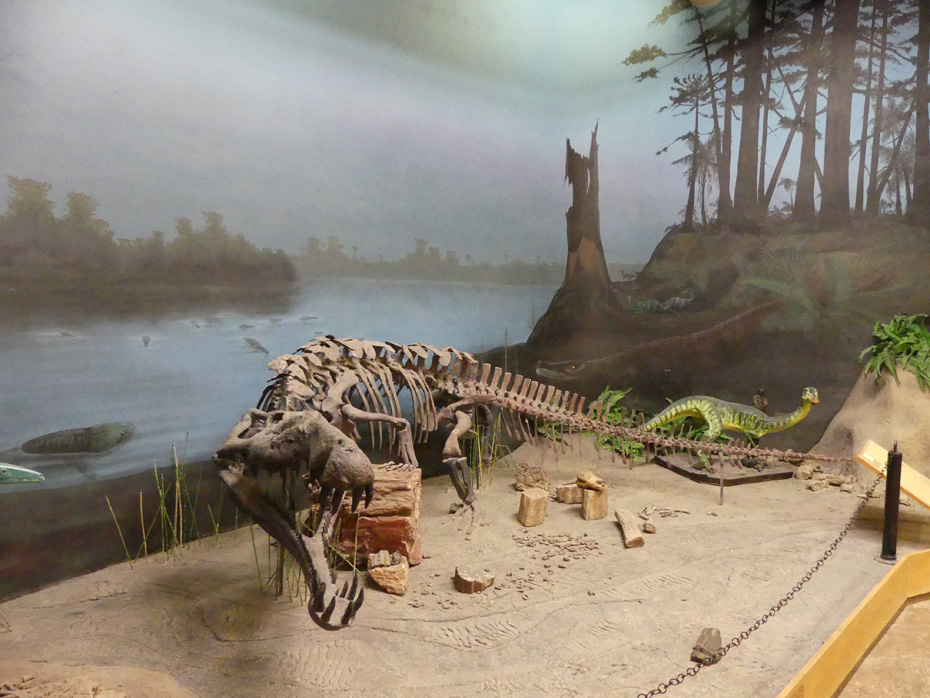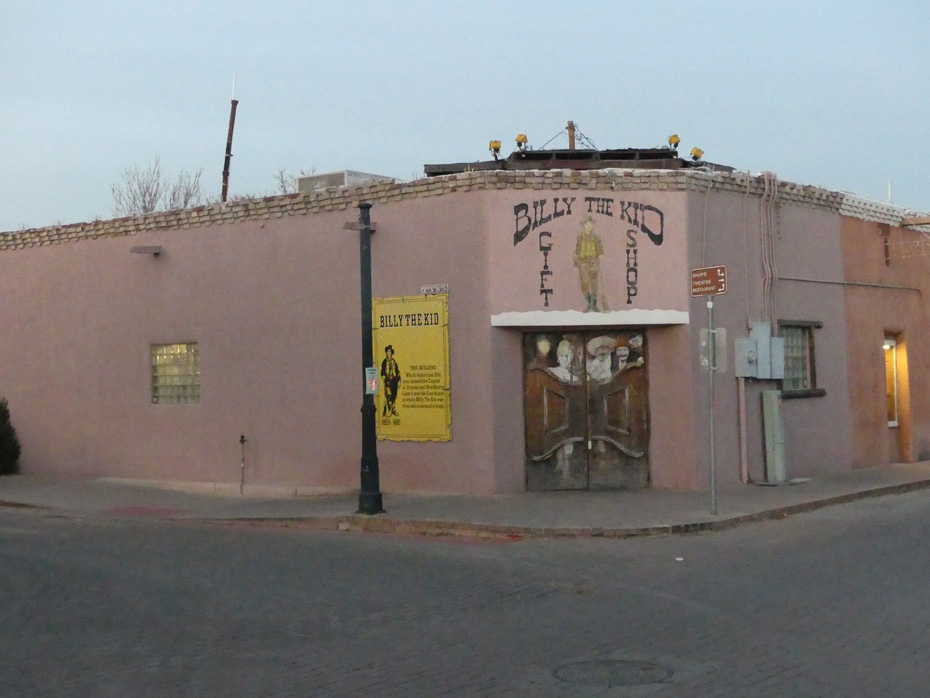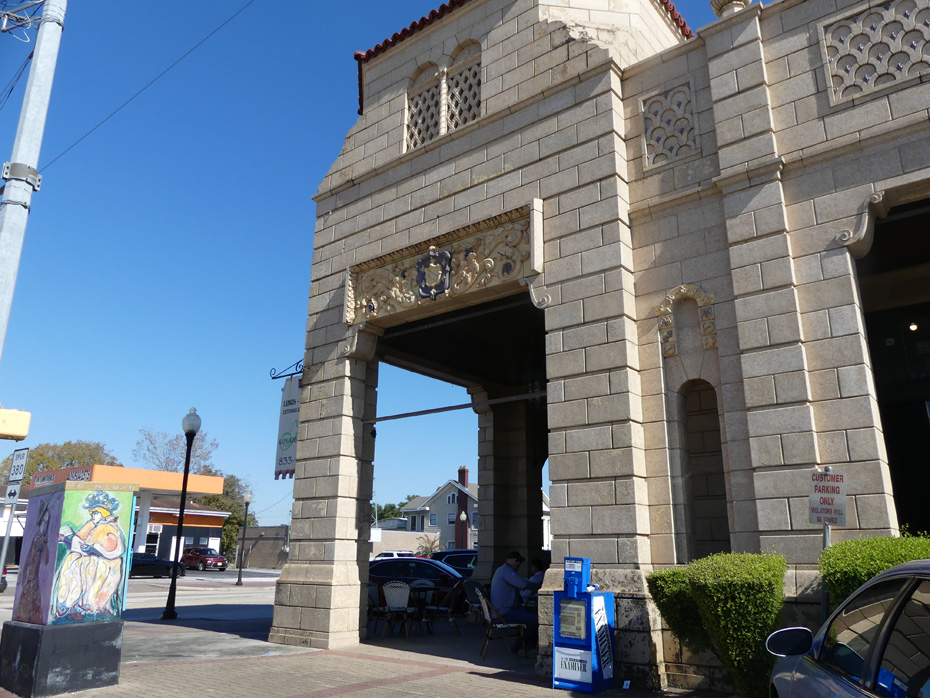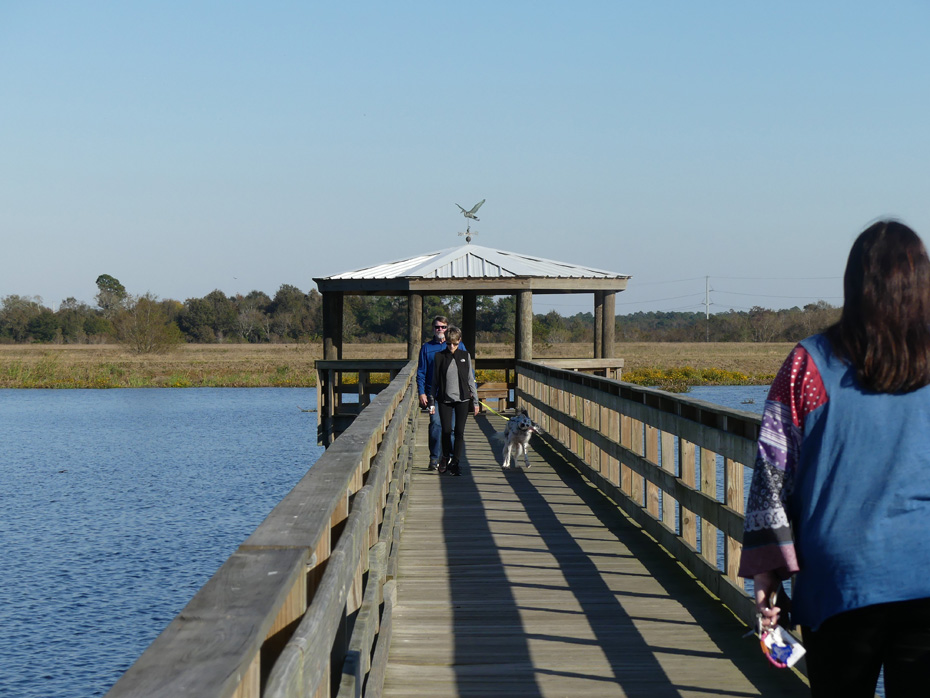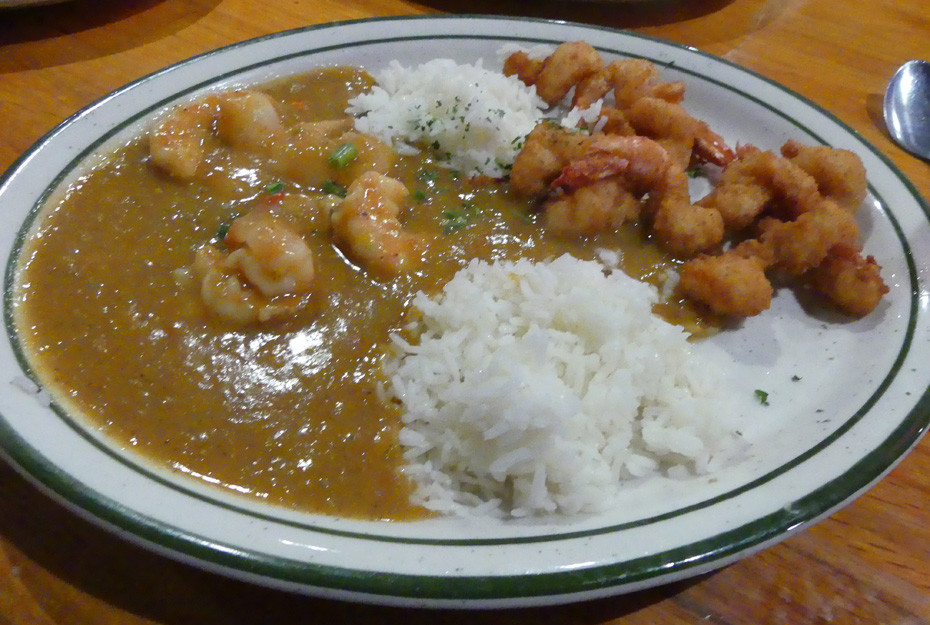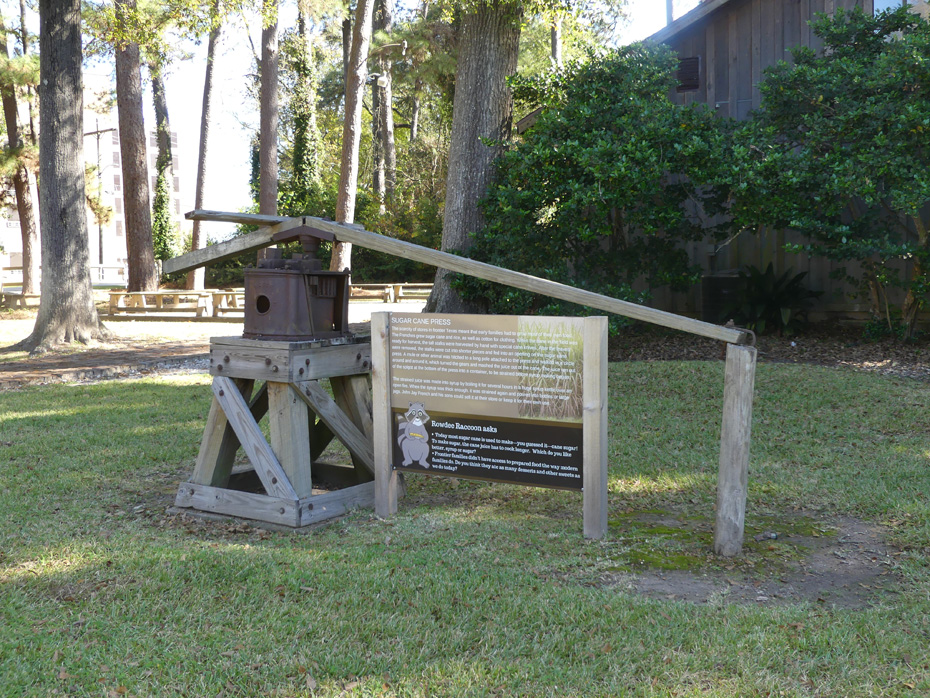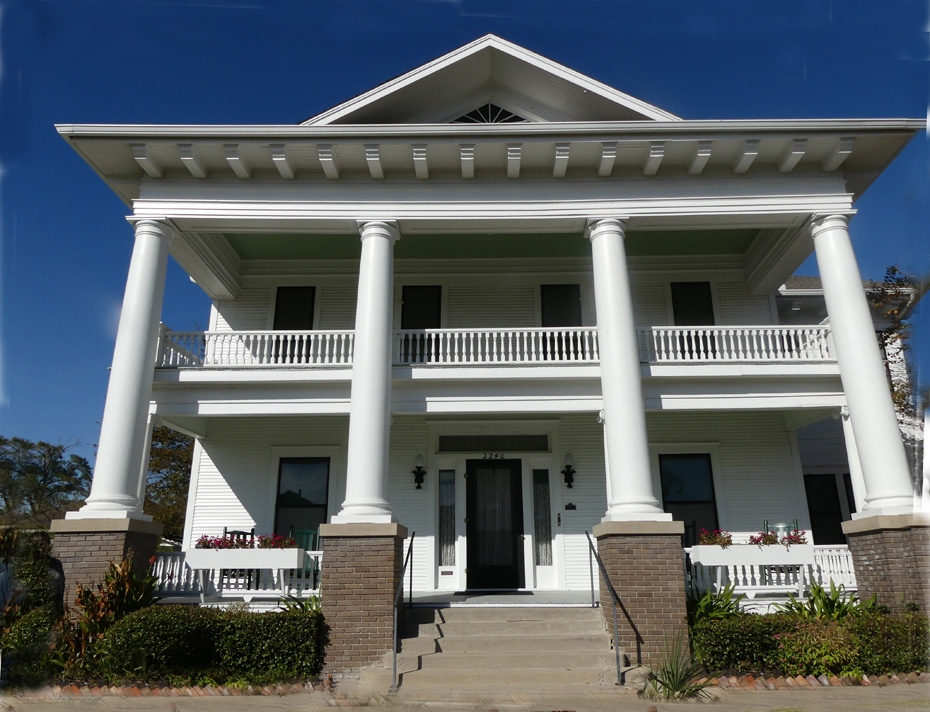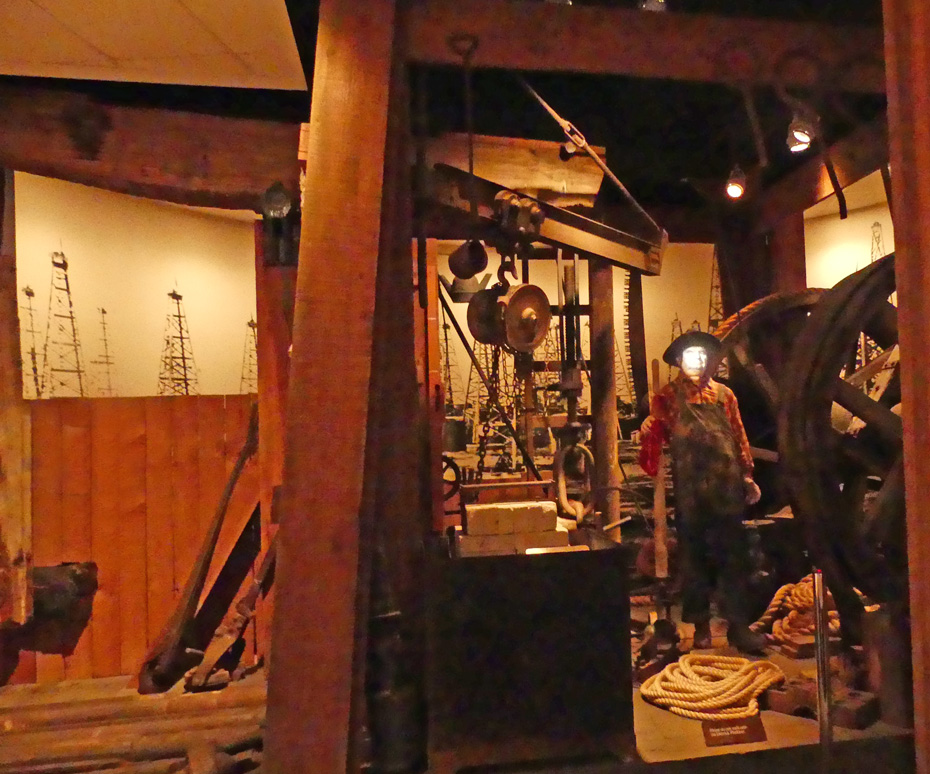
|
|
|
|
|
|
|
|
|
|
Touching on Texas and New MexicoThe last few days on the road were a whirlwind of fun. I didn't have time to write about them—until now.
New Mexico
|
 |
 |
Last stop in Beaumont is Spindletop/Gladys City Museum, a replica of what happened in Beaumont on that fateful day of January 20, 1901 when the largest oil well in Texas history began spewing over 100,000 barrels of oil a day. Spindletop produced more oil in a day than the all the other world oilfields combined.
The small lumber town of 9,000 grew to over 40,000 overnight. Fortunes were won and lost several time a day and the town became a roaring boomtown with boarding houses, saloons, and all the other industry needed to accommodate such a flood of people. Needless to say, this changed Beaumont's and Texas history forever.
It concluded my stay in Beaumont and I headed a few miles on to Port Arthur.
Port Arthur

Darragh, my CVB rep., and I started that night with dinner at Rodair Roadhouse. As soon as I stepped inside I noted the Cajun feel. There was an alligator stature and one on the wall. The dance floor was reminiscent of many Cajun dance halls I visited in Louisiana. The food was real Cajun too. Their specialty is the Fried Green Tomatoes. Fantastic! And the rest of the food keeps pace.
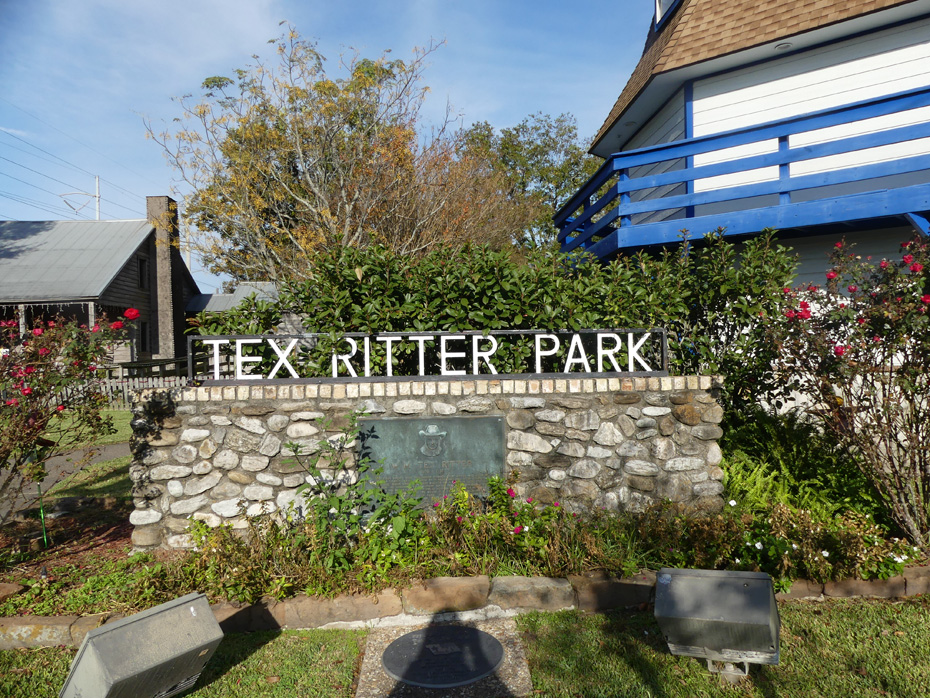
Cajun culture and music of all genres both have a strong influence in Port Arthur. Our next stop, at Tex Ritter Park, has a touch of both. Nederland, where Tex Ritter Park is located, is one of several small towns in the Beaumont/Port Arthur Metropolitan Area. Tex Ritter called this area home. He grew up here and attended South Park High School and is buried in Oak Bluff Memorial Park in Port Neches, near Nederland.
 |
 |
There are two museums located in Tex Ritter Park, The Dutch Windmill Museum and La Maison des Acadienne. They represent two groups of settlers who made a large impact on Port Arthur culture. The Dutch arrived in 1897 shortly after George Stillwell founded Port Arthur.

The Cajuns flowed into this part of Texas not long after their deportment from Canada. Remember just a river separates Texas and Louisiana here. By the 1840s the first Cajuns were moving across the Sabine River into Texas. In the late 19th century, a need for workers to cultivate rice in Southeast Texas, often in fields owned by the Dutch settlers, brought more Cajuns. When Spindletop spewed forth its huge oil resources, even more Cajuns flooded here to work the oil fields.

Another museum celebrates Cajun culture here. La Maison Beausoleil in Port Neches Park. The name means the House of Beautiful Sunshine. The original owner, Joseph Broussard Dit Beausoleil, built the home around 1810 in St. Martin Parish, Louisiana. It was donated by his descendants and moved by barge down the Vermillion River into the Intercoastal Canal to this location.
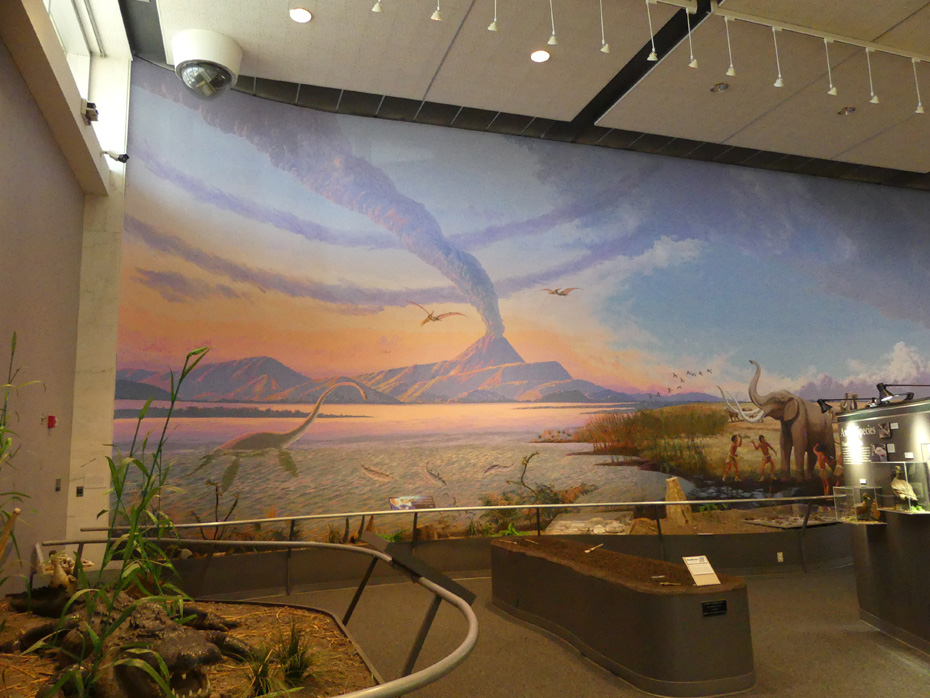
Each of these museums tells a part of the story but when we visited the Museum of the Gulf Coast, it presents the overall picture. From the age of dinosaurs to present it tells it all.
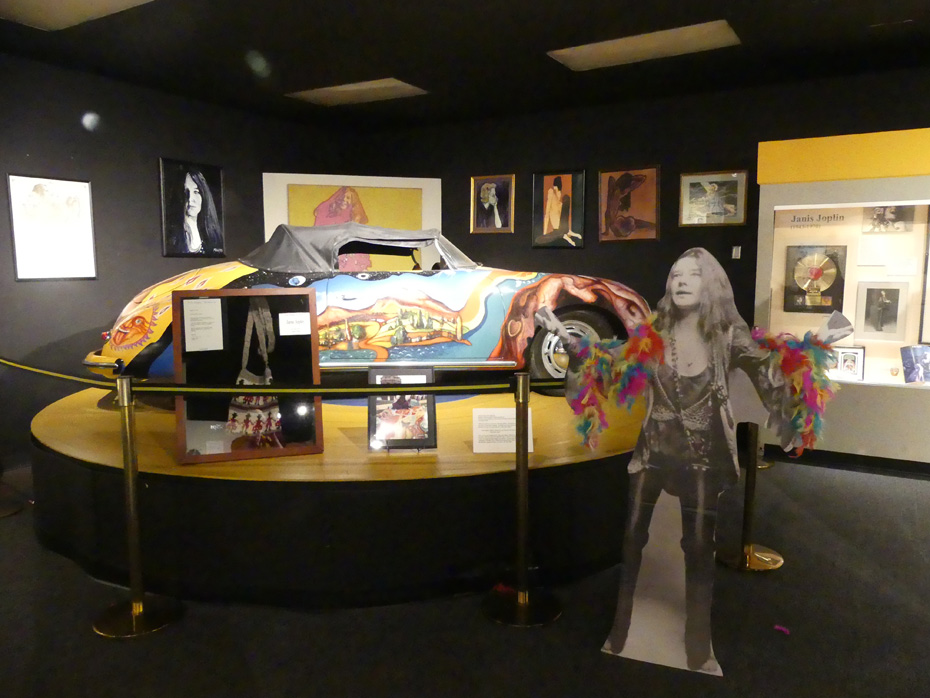
I was amazed at the amount of music history and the musicians whose lives intersected with this part of Texas.
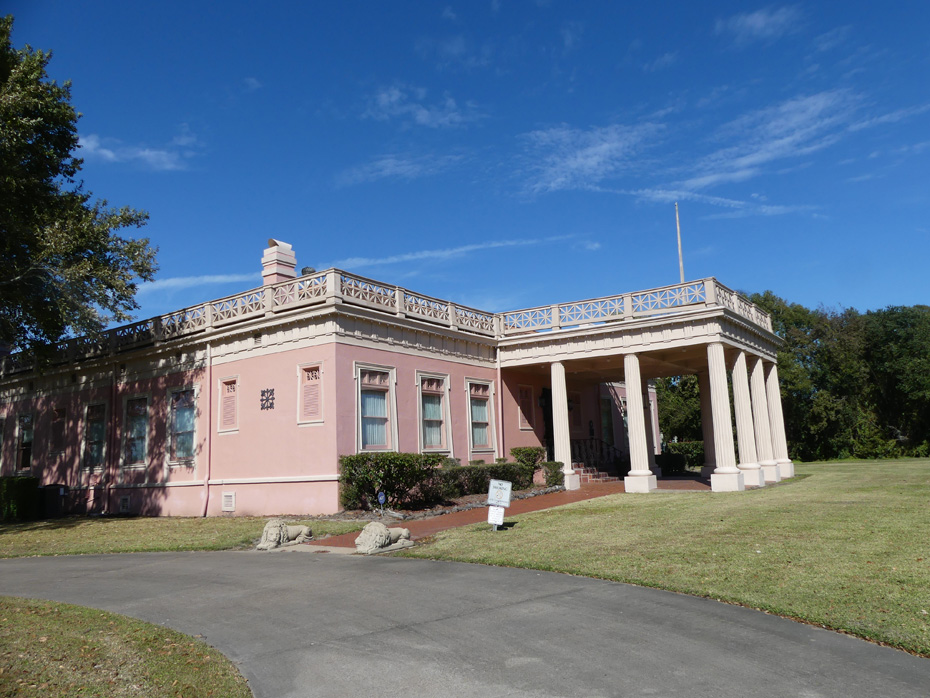
The museum owns The Pompeiian Villa, an authentic replica of a 79 A.D. Pompeiian home. It was built in 1900 by Isaac Ellwood know as "the “Barbed Wire King.” In 1903, it was sold for $10,000 worth of stock in Texas Oil about 10% of the company. Today Texas Oil is Texaco.

Naturally for lunch we had to do Cajun. Reel Cajun was great. I indulged in some fat blue crabs. Messy but delicious.

To work off the crabs and appetizers we visited Sabine Pass. This is another part of Port Arthur history. The Confederate Fort Griffin at Sabine Pass had small force of about 44 men with six cannon. They succeeded in defeating about 4,000 Union troops arriving with four gunboats and seven troop transports. It is considered one of the most lopsided victories of the Civil War.

After thinking about all that gunfire, we were hungry again and choose Tia Juanita's Fish Camp. They have a fascinating blend of Mexican and Cajun. The oysters grilled with bacon were sooo good as were the appetizers; fried alligator bits and crabmeat stuffed mushrooms. The décor was interesting. Lots of musicians' pictures all over the walls from Willie Nelson to Janis Joplin.
This just touches the bases There will be lots more in detail coming soon.
We'd love your comments!
Connect with us on:

  |
   |
American Roads
and
Global Highways has so many great articles you
may want to search it for your favorite places
or new exciting destinations.
The FTC has a law requiring web sites to let their readers know if any of the stories are "sponsored" or compensated. We also are to let readers know if any of our links are ads. Most are not. They are just a way to direct you to more information about the article where the link is placed. We also have several ads on our pages. They are clearly marked as ads. I think readers are smart enough to know an ad when they see one but to obey the letter of the law, I am putting this statement here to make sure everyone understands. American Roads and Global Highways may contain affiliate links or ads. Further, as their bios show, most of the feature writers are professional travel writers. As such we are frequently invited on press trips, also called fam trips. On these trips most of our lodging, dining, admissions fees and often plane fare are covered by the city or firm hosting the trip. It is an opportunity to visit places we might not otherwise be able to visit. However, no one tells us what to write about those places. All opinions are 100% those of the author of that feature column. .
Privacy Policy/ Archives /
Contributors /
Subscribe to
American Roads Books by
Kathleen Walls /
Contact /
Sponsor or Advertise/ American Roads & Global Highways Home Page
Copyright 2017 AmericanRoads.net, all rights reserved |


